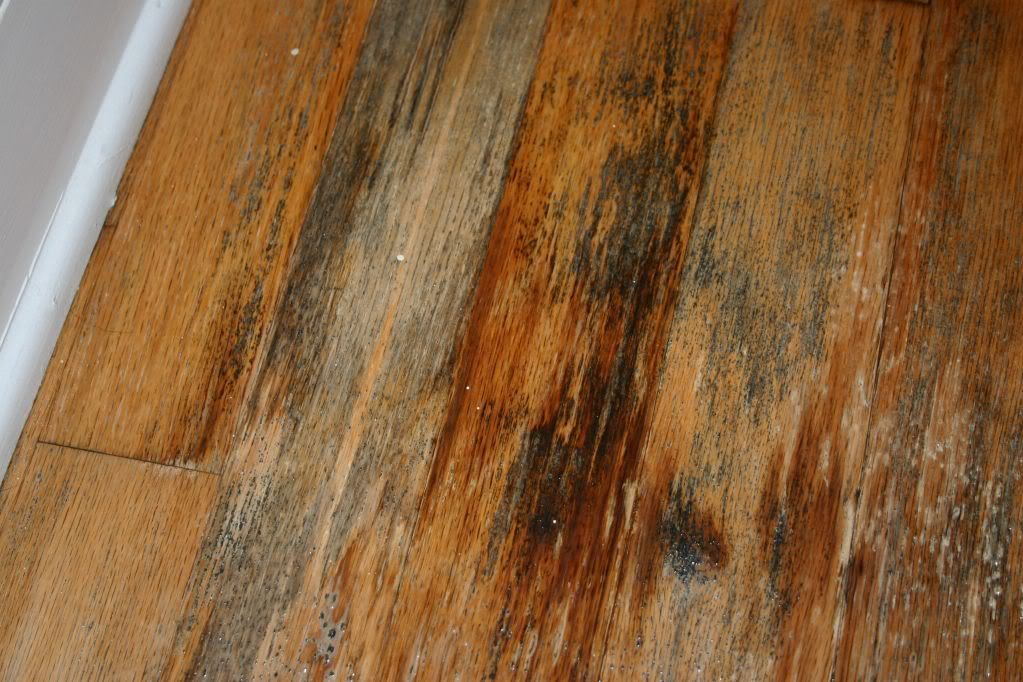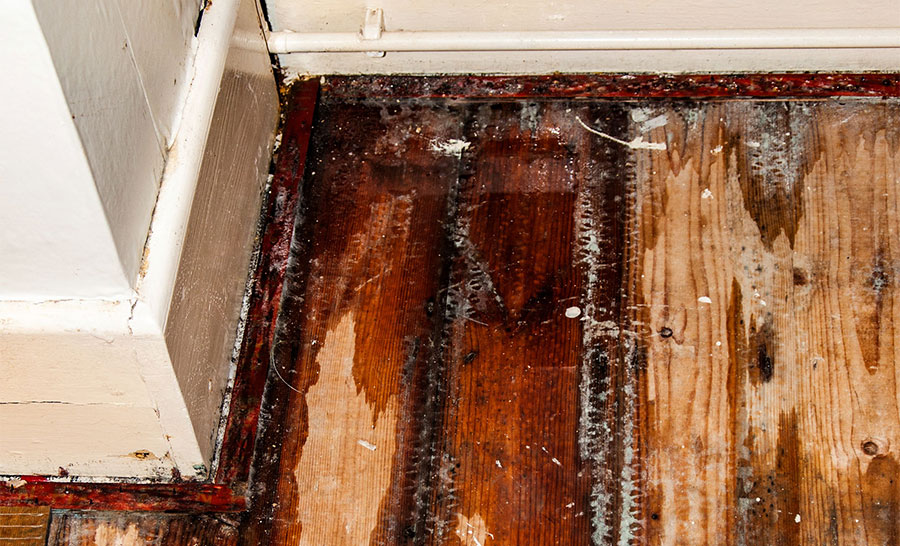This article in the next paragraphs about Leaking water lines is particularly interesting. You should look it over.

Climate adjustment and also global warming have made their mark not simply on nations however also communities. As soon as risk-free areas have experienced more flooding and also groundwater breach contrasted to recent years, the. For numerous homeowners, groundwater intrusion is currently a migraine as it breaks through the surface.
Understanding the indications is constantly a secret for avoidance as well as mitigating water damage and also groundwater invasion. Groundwater intrusion is one of the worst problems to your house.
Because it creates mold and also mildew growth, increasing groundwater is a persistent trouble. It also adds to wood rot, which better results in architectural problems. A raised amount of groundwater makes your house more susceptible to flooding. You can still stop groundwater from damaging your cherished residence. Here's exactly how!
Water resistant your Cellar
Water resistant your cellar currently and also do not wait prior to it's also late. If you don't hurry, the groundwater can break in with rain as well as flood.
To waterproof your basement, fill the basement with more concrete to avoid any type of groundwater problems. Installing concrete and applying waterproofing steps seals your basement as well as secures it from water invasion.
Think About Setting Up a French Drainpipe System
A French drainpipe system includes polypropylene tubes. This kind of drainpipe system assists as a channel, which is lined with concrete. Even more, they don't look visible to a complete stranger's eye because these drains look like a pipeline or trench that assimilates their setting. The benefit of this system is it safeguards your house from extra problems as it prevents the water from seeping into your structure.
Even more, this system quits your floorings from water flooding. The system is very simple to set up - you quickly change this type and fit of system anytime.
Buy A Number Of Sump Pumps
Sump pumps are very inexpensive products as well as are available in equipment stores. The pump's key objective is redirecting the water from inflowing your house. This device can protect your house from climbing groundwater. A sump pump will offer a layer of protection if you feel distressed regarding groundwater seeping into your cellar. Many people favor Visit Link this since they are cheap as well as easy to install. Nonetheless, it can also surge up your power expenses.
Mount these pumps (as well as numerous of them) in your cellar or crawlspace. When setting up, ensure that the tubes is placed into a drain or out onto the street.
Increase the Building Permanently
Raising the structures of your residence permanently is a veteran as well as efficient service to stop incoming groundwater. The overall process includes producing a brand-new, higher structure to raise the home above the flood zone.
Applying these Information Here ideas will assist safeguard your house and also properties versus water damages. If you tried all of these suggestions as well as still got water damage, it's best to call in the experts. Call a water restoration company immediately to help you get back on track.
The as soon as secure locations have experienced much more flooding as well as groundwater invasion compared to recent years. Knowing the indicators is constantly a trick for avoidance as well as mitigating water damage and groundwater breach. Groundwater breach is one of the worst problems to your house. To avoid groundwater instruction, regular assessment of leaks in your home and also examine if your cellar is wet. To waterproof your cellar, load the basement with more concrete to protect against any kind of groundwater problems.
Tips for removing water and drying your hardwood flooring after a flood
Water and wood just don’t mix. If you’ve been following the aftermath of Hurricane Harvey or Hurricane Irma, this should come as no surprise. When water sits on top of hardwood floors, it can permanently ruin the hardwood as the wood will absorb the water through its pores causing warping and discoloration. So, if you have a flood or water damage (or even just a spill) on your hardwood flooring, you’ll want to remove the water and dry your floors as quickly as possible.
What happens when your hardwood absorbs water?
Wood can get wet (or moist) in a number of ways – a flood from outside from the rain, leaky pipes (or frozen pipes), ice damming, a toilet overflow, a leaky roof, a hurricane or storm, an appliance breaks or leaks (e.g. dishwasher or washing machine), a fire (with water used to extinguish the fire), water spills/accidents, pet accidents, a high water table in the ground that then forces water into your sub-floor from the ground.
Will my insurance company cover my water damaged flooring?
Whether or not your insurance will be cover the damage depends on your insurance plan and the cause of the damage. Please note that most homeowners (less than 20%) have flood insurance. So, if the damage was from flooding (i.e. it came from outside the house), there’s a good chance you aren’t covered.
Use a wet vacuum to suck up all the standing water
You want to quickly absorb as much water as you can. Note: you may want to turn to a professional mitigation company as they specialize on water extraction and have the best equipment. If you choose to do this yourself, here’s a wet vacuum I’d recommend. Note: keep vacuuming even after you’ve removed all visible water as there is still water from the invisible pores in the wood. You’ll see that that the wet vacuum continues to suction up water for a while.
Clean the surface with a disinfectant
Remember, you need to prevent mold in addition to preserving your hardwood floors. You should use a non sudsy disinfectant (e.g. Mr Clean). Once you’ve finished this, use the wet vacuum again to remove any leftover water.
Use a dehumidifier
Place a dehumidifier in the center of room. If you can get more than one, that’s even better. Be sure to clear the water every few hours (and make sure the filter is clean as well). Make sure the dehumidifier runs for at least 24 hrs, but you may need to use it for 2 to 3 days or even longer, pending on the severity of the water. In some cases, it’s advisable to use a dehumidifier for several weeks.
Supplement with large fans (and air conditioning)
Accelerate the drying process with fans. Point the fans towards the floor. Also, be sure to open the windows around 2 inches for better air circulation/ventilation (and keep the door open). This will allow excess moisture to evaporate and create more cross ventilation. (If it’s raining or extremely humid outside, then keep the windows shut and just keep the doors to other rooms open and use a dehumidifier). Put the fans on the highest level (i.e. full blast) and point them towards the floor. If you have some that oscillate, even better.
https://theflooringgirl.com/blog/save-hardwood-floors-water-damage-flood/

We were brought to that report about Leaking water lines through an acquaintance on our other web blog. If you enjoyed reading our blog entry if you please do not forget to share it. I love reading our article about Top leak detection hacks.